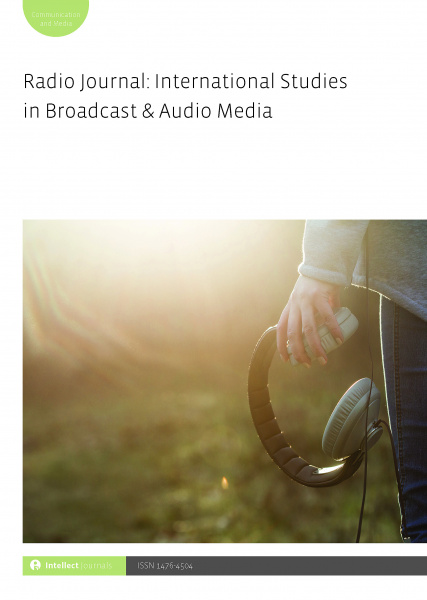
Full text loading...
 , Paweł Perła1
, Paweł Perła1
According to Wolfgang Welsch, the human environment is subject to aestheticization, or ‘embellishment and styling’, to make it more pleasant to perceive and participate. This cultural trend is reflected most strikingly in contemporary media forms. Radio aestheticization concerns both the arrangement (structure) of programme content and the stylistics of the said content in order to make other media forms, like video games, compelling, immersive and interactive. In the popular video game series Grand Theft Auto (GTA hereafter), the player character can choose to listen to a variety of radio stations while driving. This article argues that the aestheticization of radio in GTA does not merely provide an enjoyable audial background but also co-creates the world of the game by interacting with players’ actions through the broadcast content and building the ambience of the world of the game through the style of this content. The programme flow, as a system of words and sounds, co-operates with the game system, increasing the players’ involvement with the game (the sense of play) and the aural specification of the game world (the sense of place).

Article metrics loading...

Full text loading...
References


Publication Date:
https://doi.org/10.1386/rjao_00081_1 Published content will be available immediately after check-out or when it is released in case of a pre-order. Please make sure to be logged in to see all available purchase options.